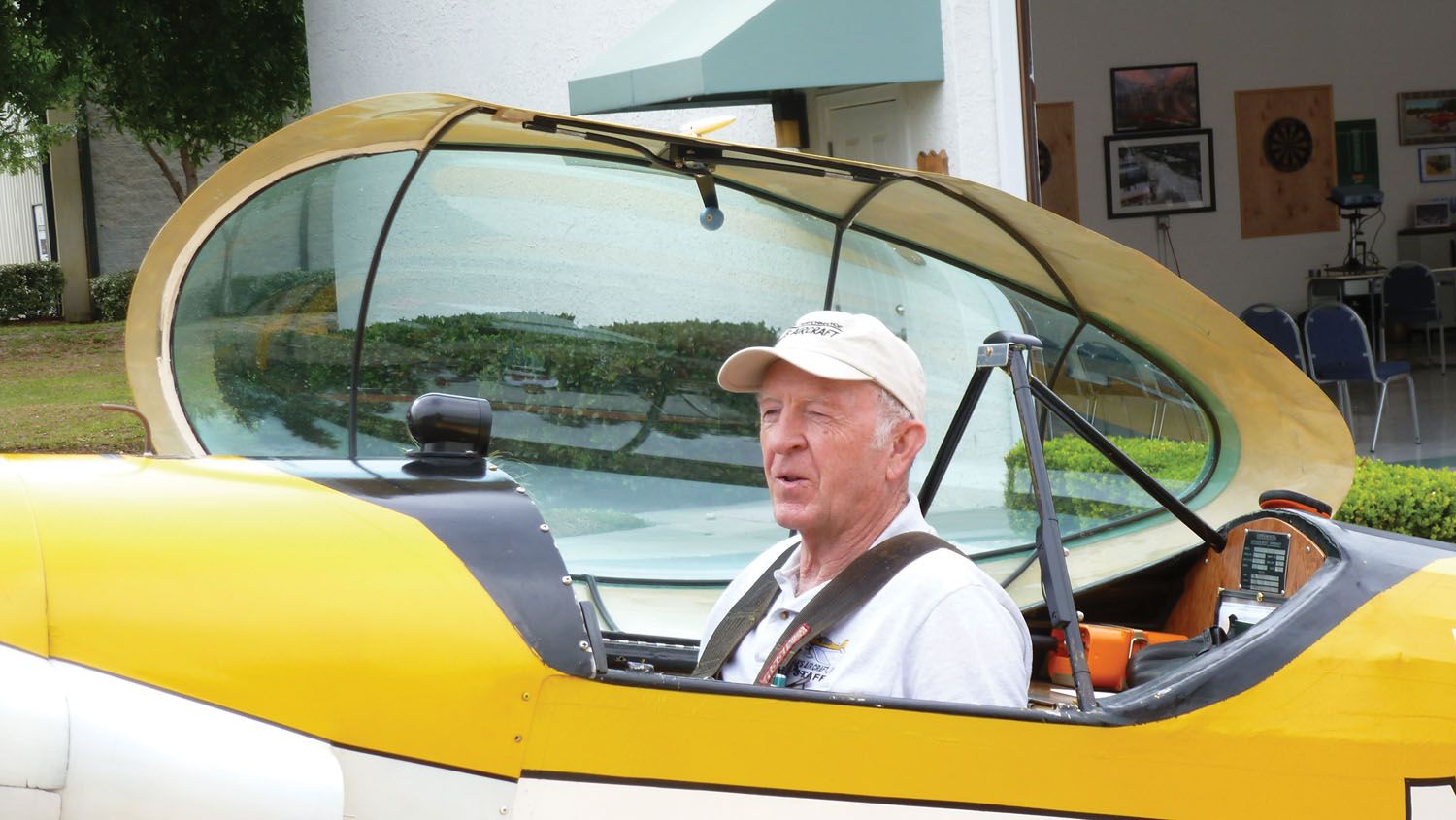
 It might surprise many of our readers that I am a relative newcomer to the world of Van’s Aircraft and the RV. It’s not that I haven’t been deeply immersed in the line (I have built two and own a third), but I didn’t begin building my first until about 20 years ago. That might sound like a long time, but it puts the 50th anniversary of Van’s in perspective—I have been involved in the community for less than half of the history of the company. When I became Editor in Chief of KITPLANES® in 2013, there were some in the industry who worried that I was “just a Van’s guy” because many didn’t know that I had been flying (and working on) all sorts of aircraft for 40 years to that point. And truth be told, I have built three aircraft from other kit companies and flown close to 100 different types of Experimentals in all those years.
It might surprise many of our readers that I am a relative newcomer to the world of Van’s Aircraft and the RV. It’s not that I haven’t been deeply immersed in the line (I have built two and own a third), but I didn’t begin building my first until about 20 years ago. That might sound like a long time, but it puts the 50th anniversary of Van’s in perspective—I have been involved in the community for less than half of the history of the company. When I became Editor in Chief of KITPLANES® in 2013, there were some in the industry who worried that I was “just a Van’s guy” because many didn’t know that I had been flying (and working on) all sorts of aircraft for 40 years to that point. And truth be told, I have built three aircraft from other kit companies and flown close to 100 different types of Experimentals in all those years.
That’s the defense I give to prove that I am not “just a Van’s guy.” But I will admit that I have a pretty soft spot in my heart for the aircraft and the community created by Van’s. And while I have only been working on the types for about 20 years, I have a history that time warps all the way back to the RV-1.
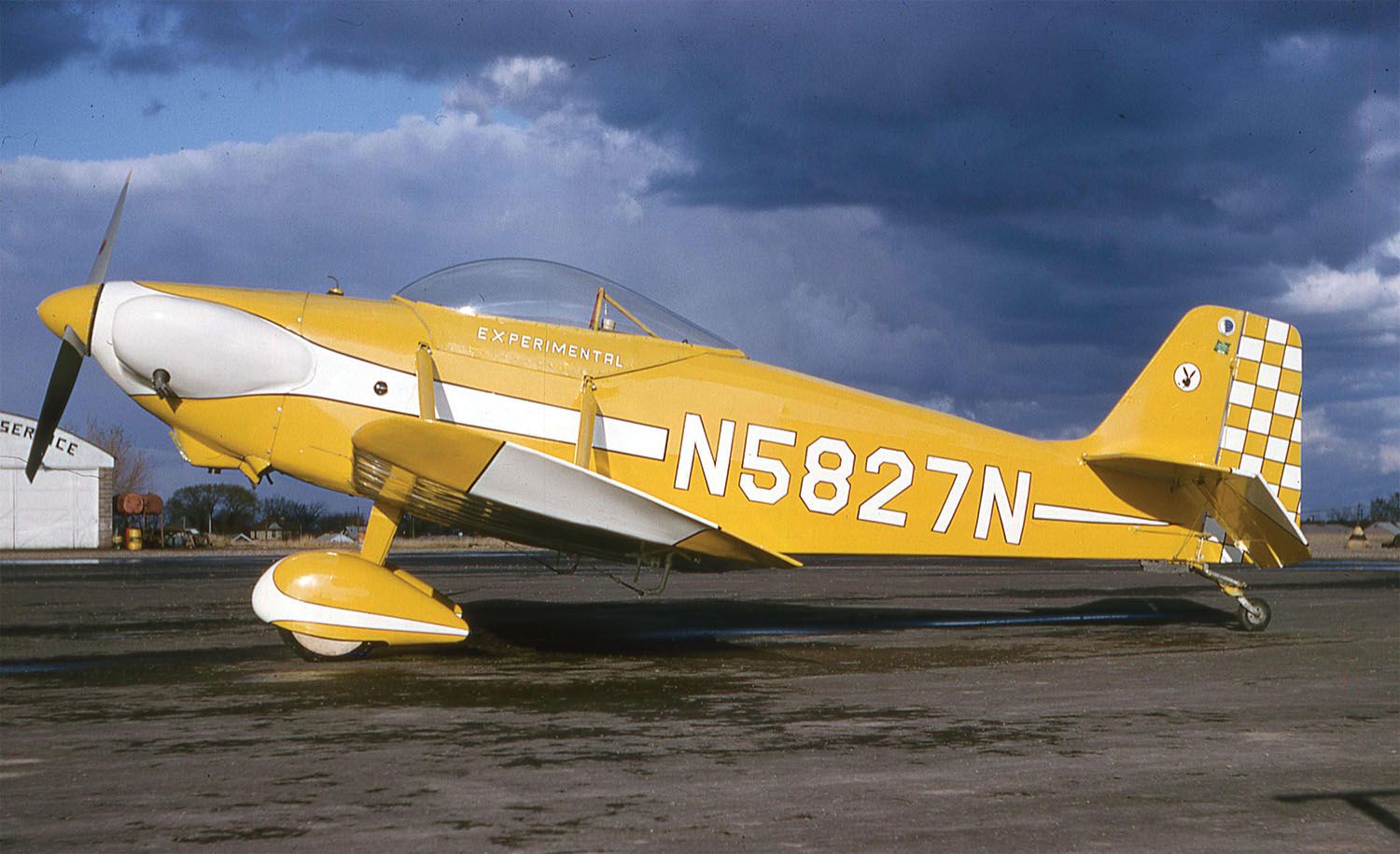
but we’ll leave that as a field trip for our readers.
How It Began
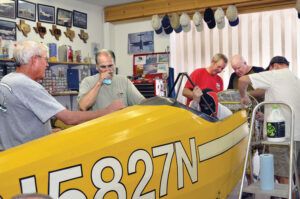
Back about 2010, I was doing a technical counselor visit to a builder’s project at a small grass private strip on the east side of Houston. “Hey, Paul, before we go look at my RV-6 project, I’d like to show you something in this hangar over here…”
That’s how it all began, for that ”something” turned out to be the original RV-1. It was sitting in a corner with a bent landing-gear leg and a busted prop. But, sure enough, it said right on the side, “Built by Richard VanGrunsven.” Not one to take things at face value, I did a little checking on N-numbers and then went right to the source—I sent some pictures to the man himself. Dick responded fairly quickly that yes, indeed, it looked like the plane he had built, flown and sold many years before.
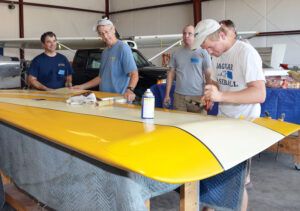
I had met Dick at Oshkosh a couple of years earlier, and while we weren’t close friends, we were definitely aviation acquaintances who spoke the same language of aeronautics. The RV-1 project deepened that relationship as we planned the restoration and North American tour for the airplane. I was part of a team—along with several thousand RV enthusiasts—that brought the airplane to the finish line at AirVenture 2012, culminating with its investiture in the EAA museum, where it now hangs. While I enjoyed the work, the friendships and the flying, what I really took away from the experience was a deeper understanding of Van’s Aircraft and its founder.
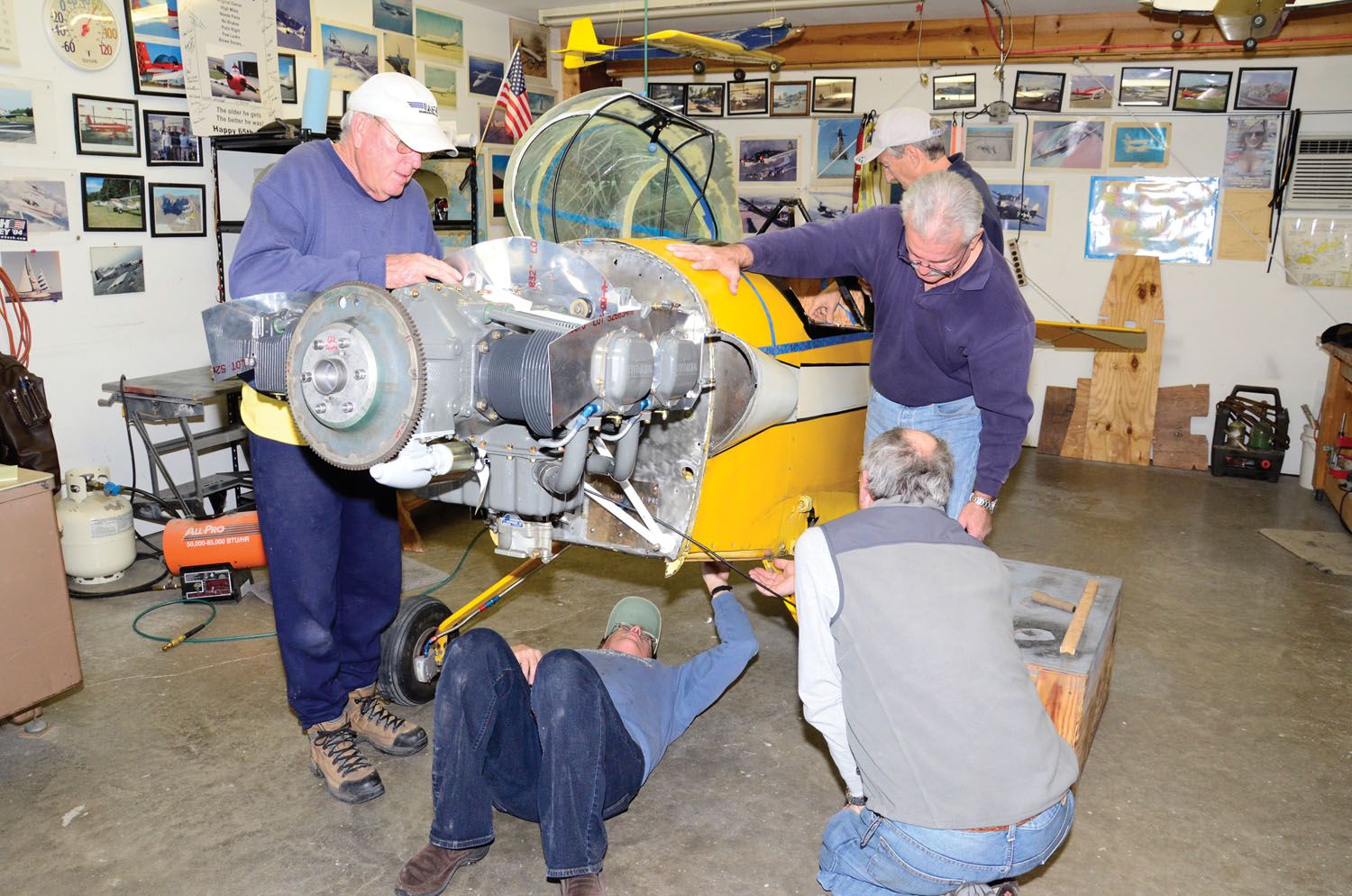
Dick is a man with principles deeply rooted in family and the work ethic of the farm. He and his company will always try to keep their word, to be honest, to give value—and to help the community be better every day.
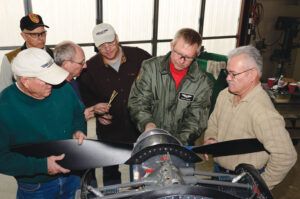
I have lost count of the number of times I have visited Van’s in its ever-growing home at the Aurora, Oregon, airport. I sort of feel silly when I walk in the front door—usually I fly in, park in the back and walk through the factory to find whomever it is I need to visit. It’s not hubris that makes me feel like I can go where I want—it’s the feeling of family and the trust (both ways) that allow me access. The company knows I will keep what I see to myself—or will ask to reveal something that I feel might be of broader interest. If they say “share it,” I share it. If they ask me to “keep it to myself,” then I do just that. Trust.
I think about this trust as I fly any of my three RVs across vast deserts, rugged mountains and even long stretches of open water. I was cruising over the Sierra Nevada mountains in the RV-3—the perfect personal transportation machine—just the other day as I traveled to meet with some faculty and students at a California college that wants to set up a program to teach a team approach to flight testing. (That’s about trust as well.) Imagine flying along at 14,500 feet in a simple airplane I had built from a kit, with plans that were hand-drawn by Van himself and mimeographed instructions that I could see him (or possibly his wife) typing up back in the early 1970s. I have described our RV-3 as perfect because I can launch from our home base near Lake Tahoe headed east and in two (maybe three) fuel stops, I can land in Oshkosh—and I can do that IFR if need be and couple the autopilot so it can fly the approach. Then I could go fly aerobatics with the same machine. It doesn’t get much better than that!

Michigan. Everything except the tubular steel frame was eventually replaced.
Through the good fortune of stumbling into the right aviation journalism circles, I have been privileged to fly every single model of RV that has flown—except for the RV-5—and that may be flying again soon, so who knows? They are all wonderful machines, each with its own purpose. From fun aerobatics to long-distance cruising with a family, the RV line has you covered. Nosewheel or tailwheel—Van’s (mostly) doesn’t discriminate.
You can see part of the history—and the future—of Van’s by leafing through the plans and instruction manuals for the kits that have been produced over the years. I frequently joke that when you purchase an RV-3 kit, you get some sketches, hieroglyphics on mimeograph paper and the deed to a bauxite mine. In contrast, the plans and instructions for an RV-14 show—and tell—you exactly which tab goes into which slot and how to hook up the various electrical connectors. There may be more people at Van’s creating manuals than there are pounding rivets in the prototype shop. This attention to improving kits is one of the biggest reasons Van’s outsells everyone else in the industry—and it explains the growth of the rest of the industry as well.
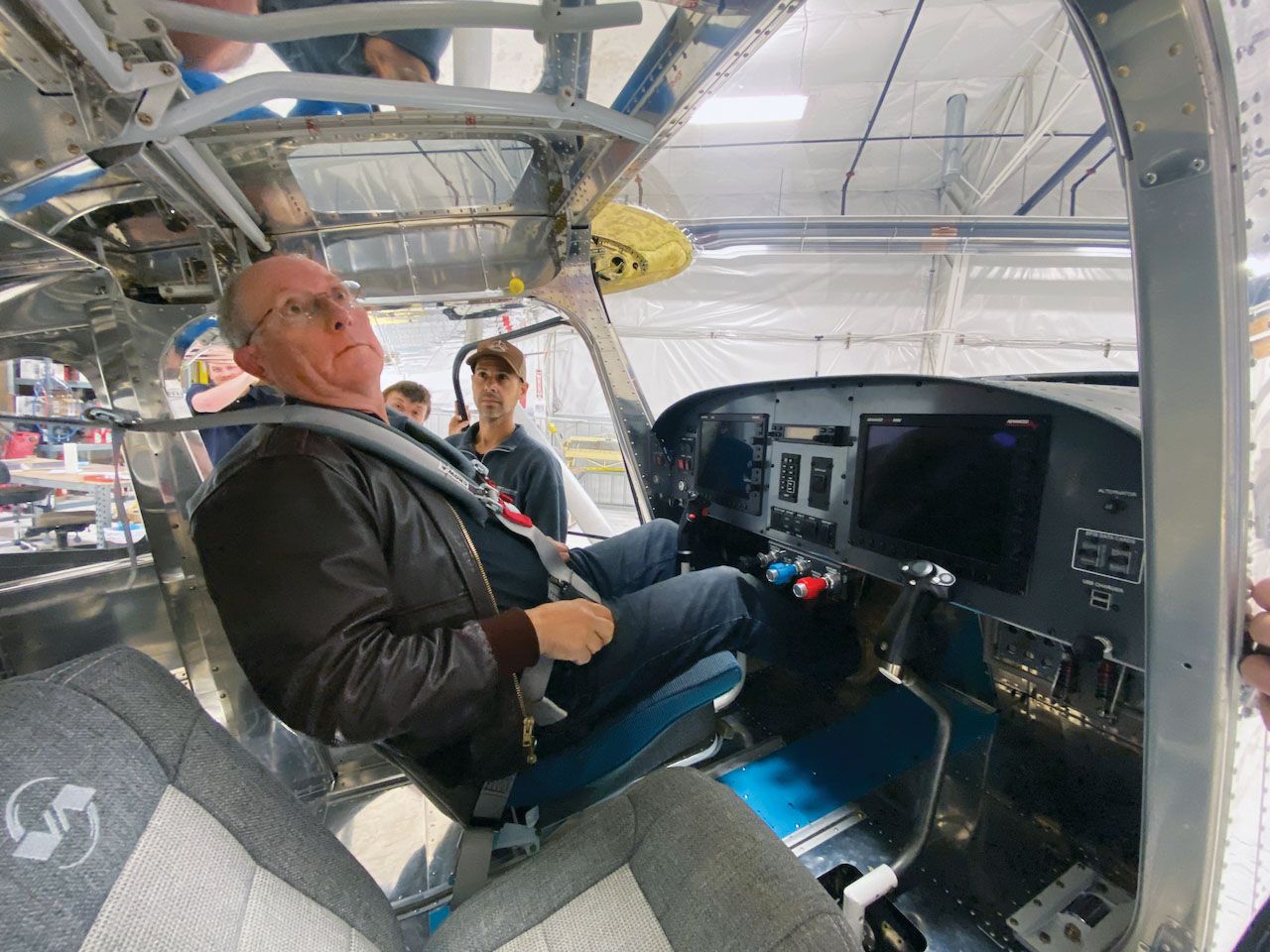
The future? Van’s development of the RV-15 shows that they are committed to doing things that are new and outside of their previous wheelhouse—yet using all of the technology of matched-hole design that they have created or learned. And when they started the design, they simultaneously began preparation of drawings and build manuals so that kit building is accessible to those without extensive aircraft building experience.
Yet for all of the airplanes, technology and product development, if you ask any of the tens of thousands of people touched by Van’s Aircraft, a huge majority will cite the development of a pilot and builder community as one of Van’s most lasting legacies. And I have to agree. I have met literally thousands of other Van’s enthusiasts over the years—in fact, I met my wife at an RV fly-in when we both arrived in our own separate aircraft. I guess it’s hard not to love an aircraft company that brought you together not only with an airplane that you love…but with the love of your life.

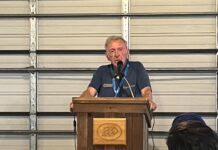
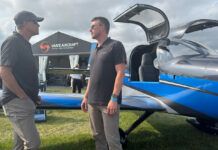
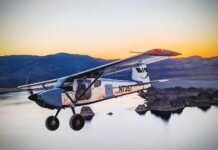

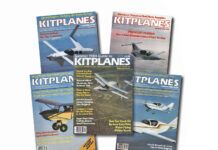

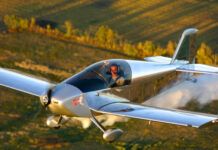

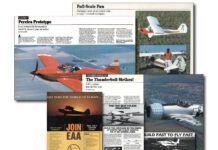
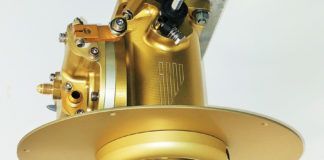
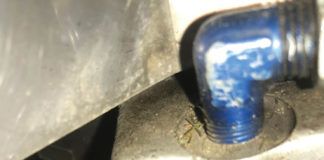
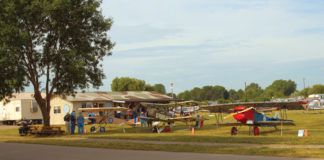
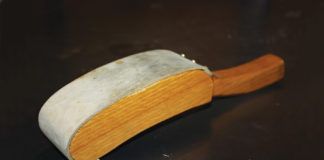
Dear Sir,
My second subscription for kitplanes magazine has not been processed though i have already paid for it.. I know there was a problem with the blokade of shipping. Would you please inquire into the matter and please let me know.. Iam avid of aviation since 50 years….with my very best regards to all of Kitplanes personel… Please inform Mrs Jamolka….
Mr. Rhungapen
Thanks for checking with us. Your request will get immediate attention
Tim Cole
Chief Content Officer
Paul did a great job in this article. He tied in the emotional with the practical well. Kudos to him. I own a Glasair but still wear a Van’s hat. Dick VanGrunsven has accomplished something remarkable and should be celebrated as having done so.
Thanks Paul, Dick is a very remarkable man, quiet and unassuming. I bought my Rv-4 kit from him at the North Plains home about 1982. After the purchase Dick took me for a ride in the original RV-4. I never got to complete that kit and sold it. Wonerful aircraft, your article brought back some great memories.